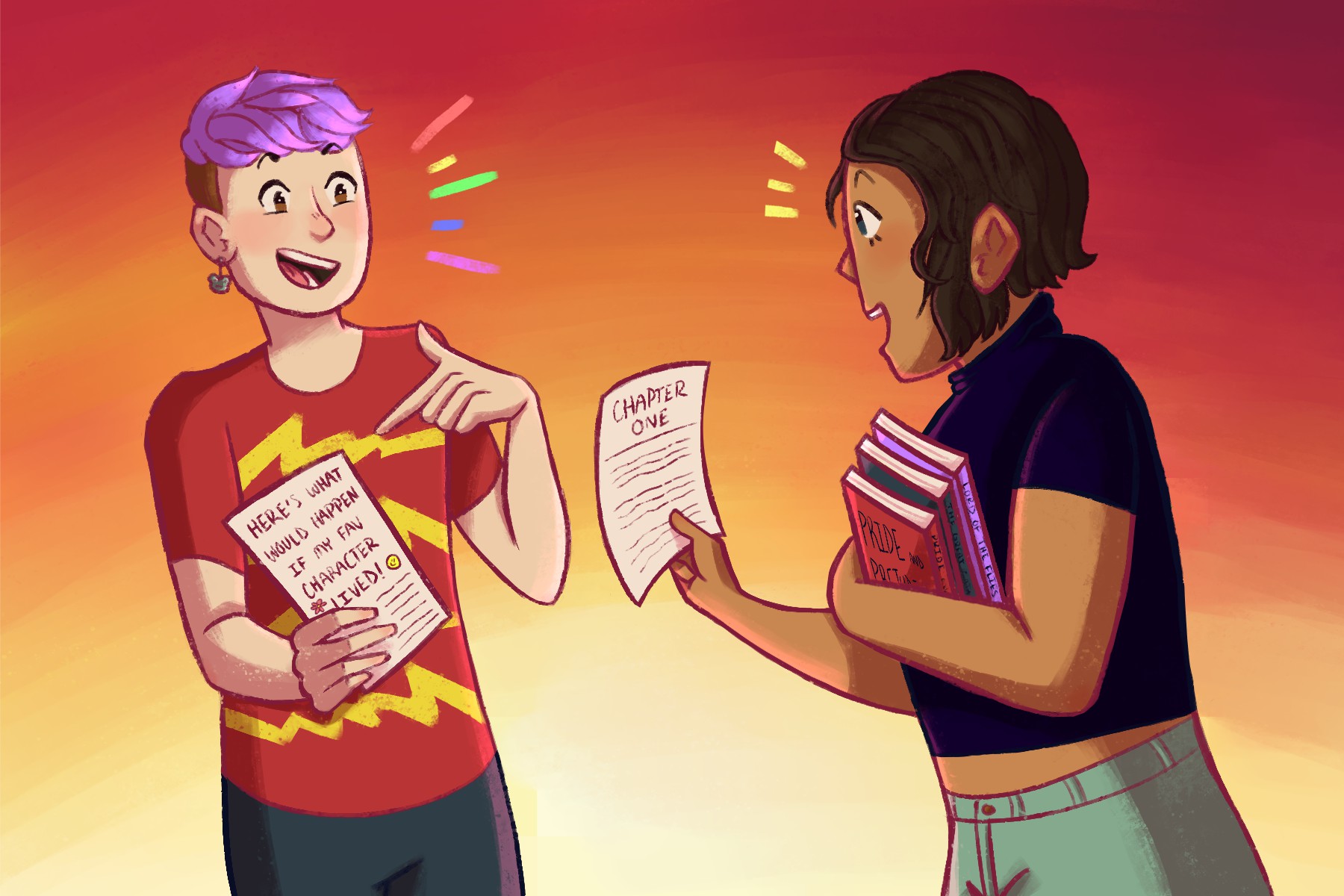A human being’s desire to create art is similar to a bird’s impulse to take flight. Art is instinctual; it is one of humanity’s oldest and most stable forms of communication. Art has represented and grown with humanity through our many, many stages of life — from the hopeful and horrifying to the remarkable and mundane. Even more fascinating is art’s many forms: painting, film, photography, oral storytelling and, of course, written storytelling. Each medium has evolved with the current times to create an era where art is diverse and plentiful.
However, as the saying goes, art is incredibly subjective. Many hold their own preferences about what constitutes art. This raises a fundamental question: what is art? As Google currently defines it, art is “the expression or application of human creative skill and imagination, typically in a visual form such as painting or sculpture, producing works to be appreciated primarily for their beauty or emotional power.”
The definition accentuates the emotional aspects of art over the physical. This makes sense because humans are incredibly emotional creatures who tend to bond with everything we see and project our own emotions onto other objects in an attempt to empathize. That is ultimately what makes art, well, art: the human spirit.
With that in mind, why do many refuse to consider fan fiction a form of art? Fan fiction elicits genuine emotions from its readers — shock, joy, anger — like other artistic mediums. Yet some do not consider it a legitimate art form, arguing that fan fiction should not exist in the first place because it is an “unauthorized work of fiction based on existing work.”
The argument against fan fiction’s existence is similar to the one many people level against the use of artificial intelligence (AI) in art. With its increase in popularity, AI has creatives questioning what is acceptable and what is not when it comes to the reproduction and redistribution of artwork. Nowadays, AI seems to loom over every creative’s shoulder, desperate to see which aspects of artistic genius it can appropriate. AI is essentially a mechanism to replace the human behind the masterpiece.
However, fan fiction is not comparable to AI for the sole reason that human beings exist behind the written pieces. Can AI see the hidden, unexplored nuances of a storyline and suddenly experience an endless desire to flesh them out? Can AI notice a background character who only spoke four lines and then develop a profound 400,000-word story about the character that stays with readers? No. And it never will. All AI can do is reproduce what humans have already created without adding anything original, anything new.
The need to continue a story, the desire to expect more from a character and the ability to write another version of an existing story are defining traits of the human experience. Moreover, fan fiction showcases the communal nature of human beings — the aching need to share what we have created. The beauty of fan fiction lies in its accessibility and camaraderie: producing, sharing and viewing work is free for everyone.
Herein lies another reason why people do not take fan fiction seriously: it is not a commodity. For most people, fan fiction is simply a hobby they partake in during their free time. Therefore, it is shameful to admit to writing or consuming fan fiction — even if a writer has essentially created a new piece of artwork. There is no pride because the author gains no monetary value.
A hobby cannot simply be a hobby. In this day and age, people must figure out how to profit off their skills or else run the risk of falling behind. People cannot be passive; they must always be active and ready to capitalize on anything and everything. As a result, when fan fiction writers say that they worked 10, 15 or even 30 plus hours on a story, the general reaction is negative. If there is no monetary incentive, then what is the point? Many only take stories such as “The Love Hypothesis” and “City of Bones” seriously because, although the novels started as fan fiction, they now earn their authors a profit.
Despite the criticism they receive, a multitude of writers still produce countless fan fictions each day. Because art is instinctual. Because humans have been creating art before the concepts of money or incentive were even a thing.
Because human beings will always share what we create.
I got my start as a writer by writing fan fiction. I was ten — and I didn’t even know I was writing fan fiction in the first place! If I’m being honest, it was a horrendously written romance about Starfire and Robin from the Cartoon Network series “Teen Titans.” Not much happened in the story besides a small kiss because, again, I was ten. But I felt inspired enough to create my own story based on someone else’s. I witnessed strong storytelling and knew that I could do the same. I wrote and continued and continued and continued to write (even through a Wattpad phase where I penned a few more terrible fan fictions) until I found and cultivated my own voice. I grew as a writer, and I kept sharing my work with people. To be fair, the embarrassment still lingers. But I always remind myself that my fan fiction developed my capability as a writer — my capacity to understand settings, characters and storylines.
Perhaps people will never consider fan fiction legitimate literature. However, if fan fiction is indicative of anything, it’s that humans will create art in any way, shape or form until the end of days. Even if AI takes over the world and enslaves humanity, as long as there are people, there will always be art. That’s the beauty of human creativity.
















